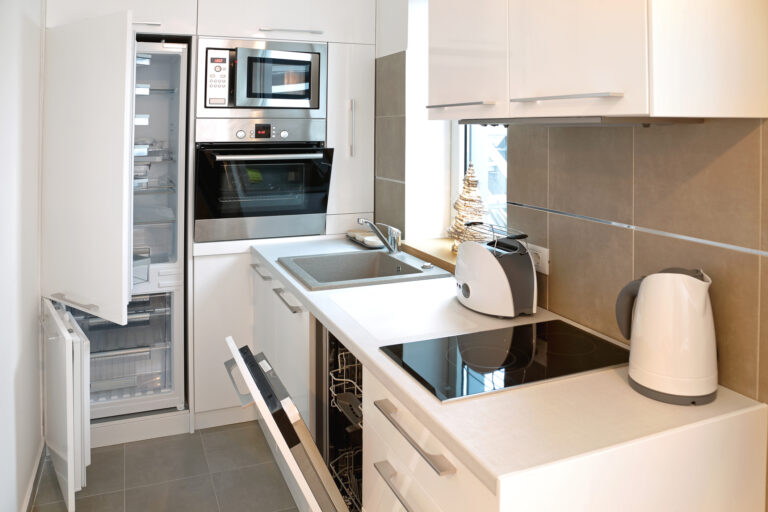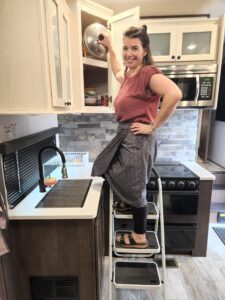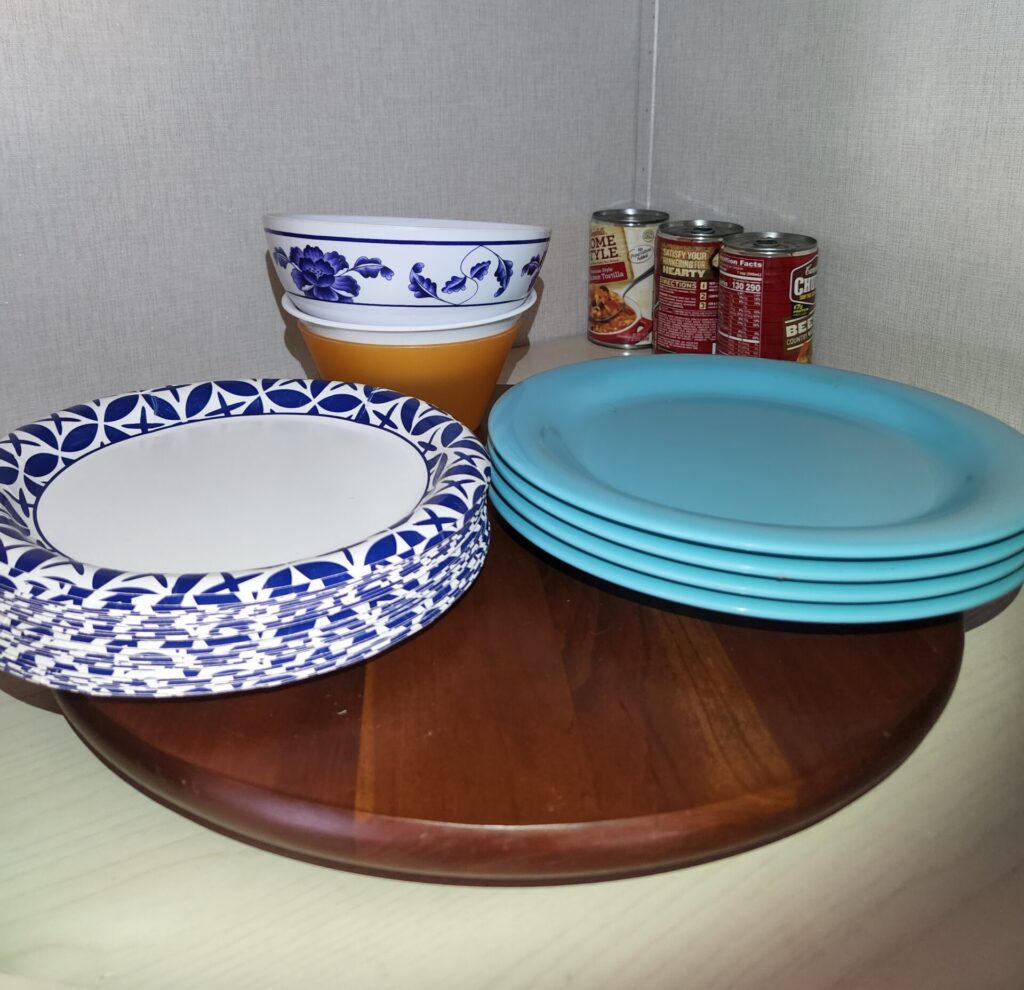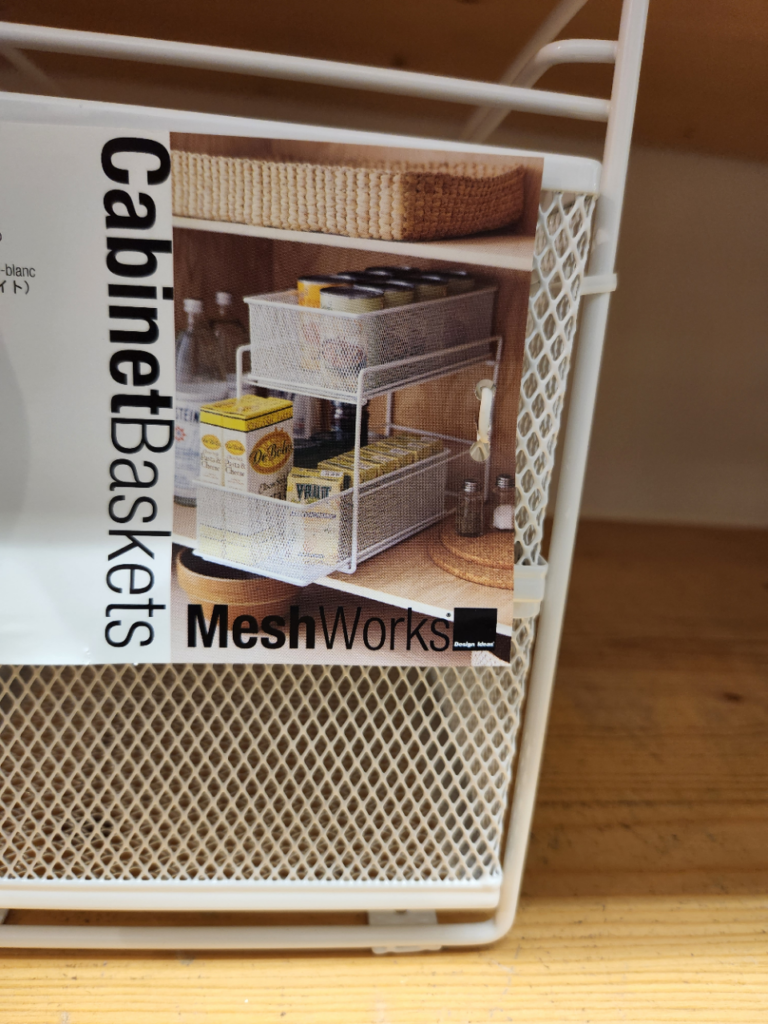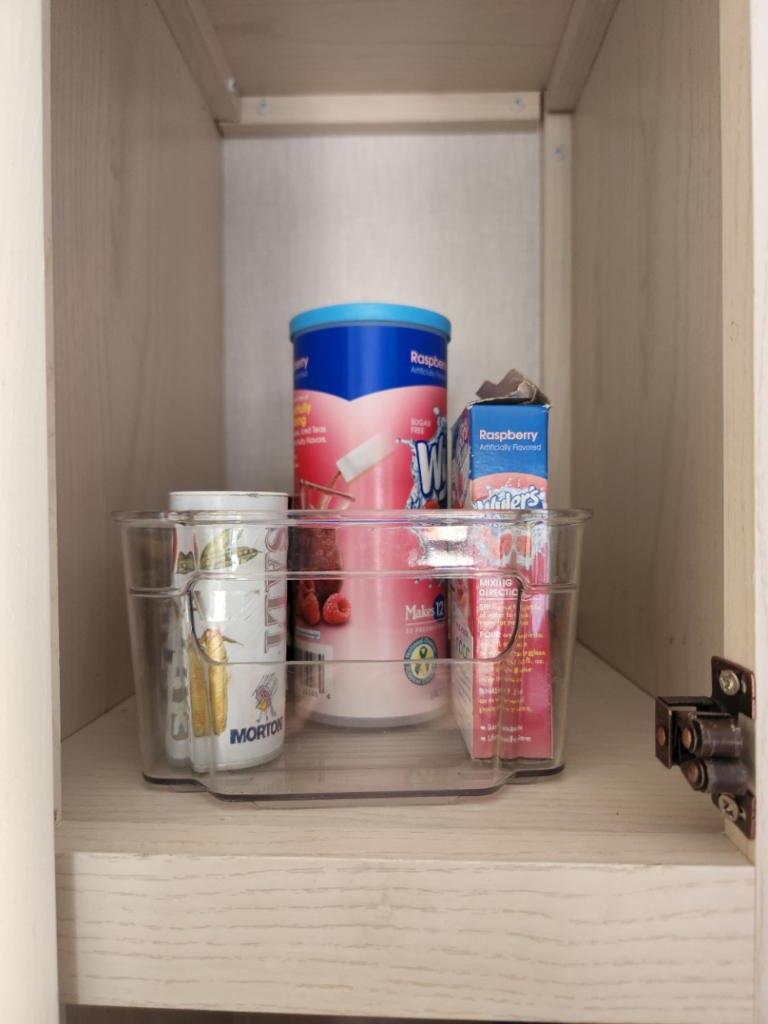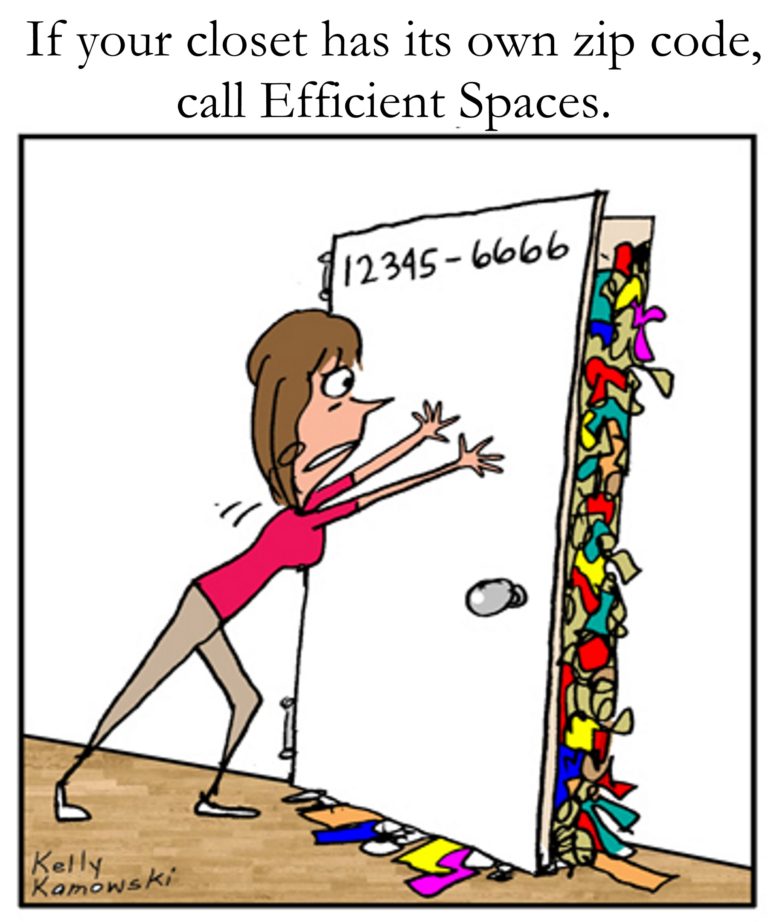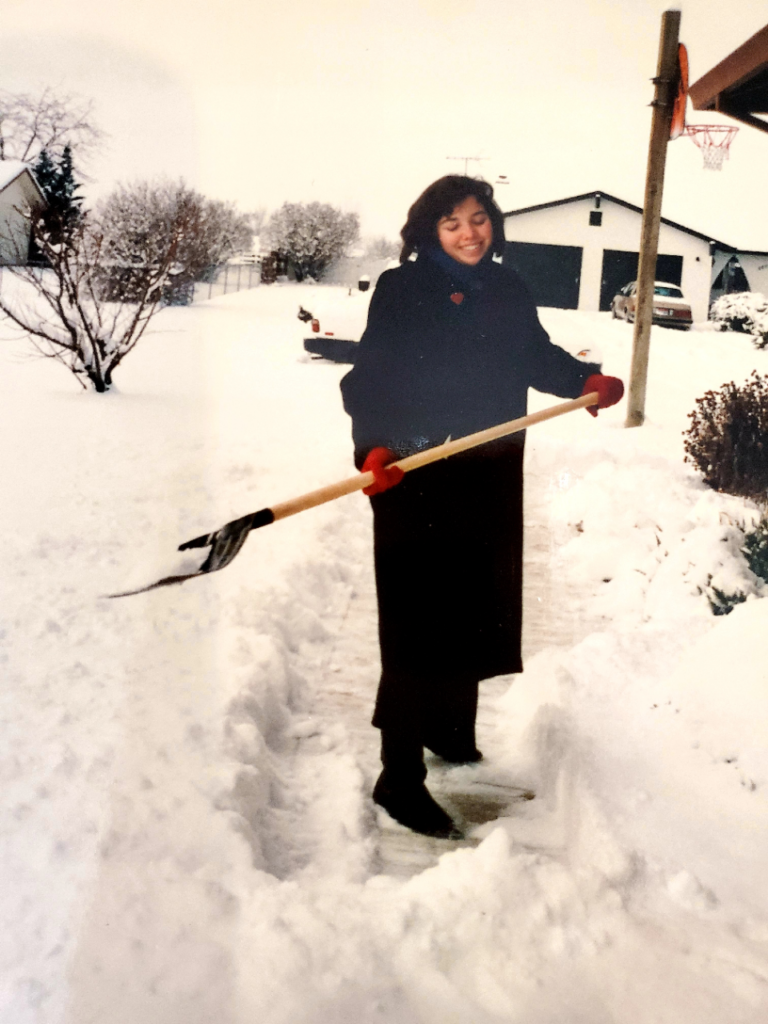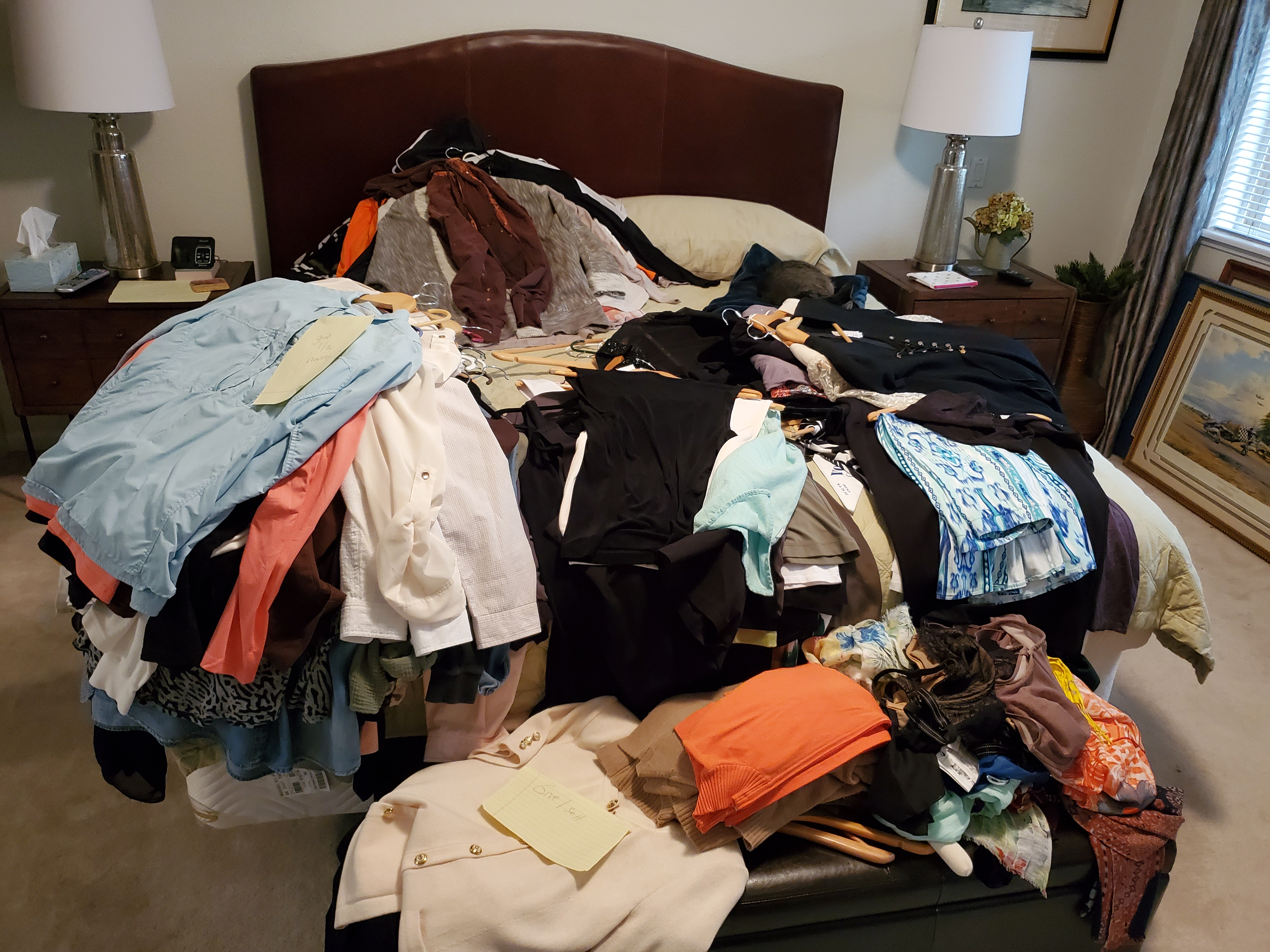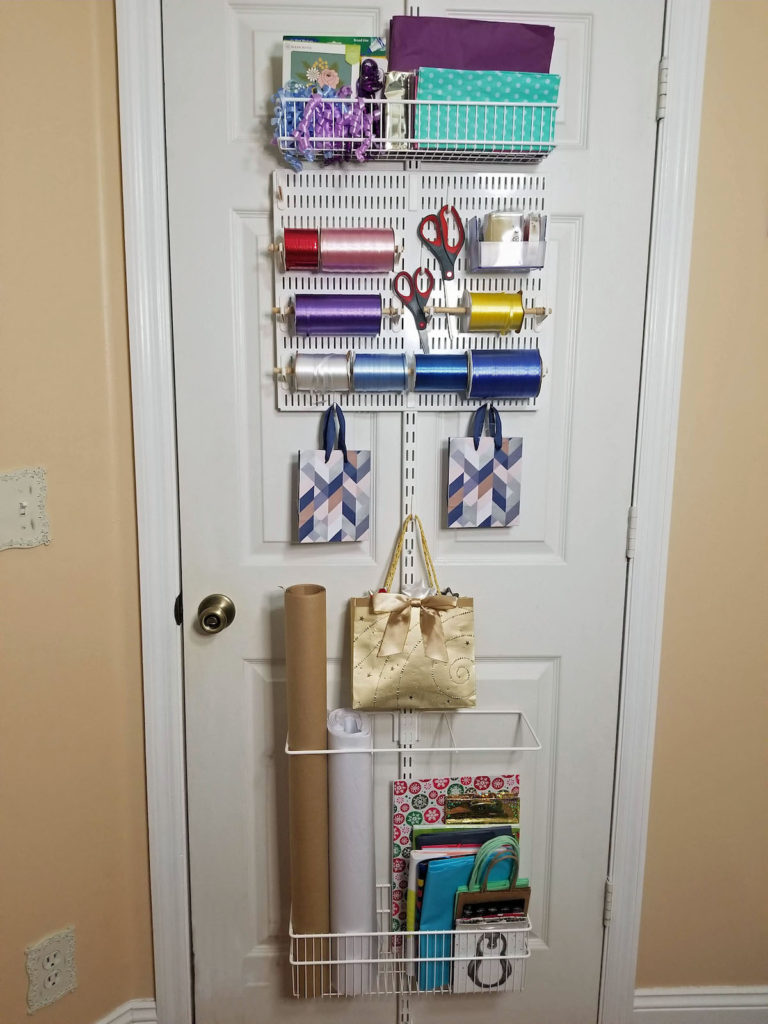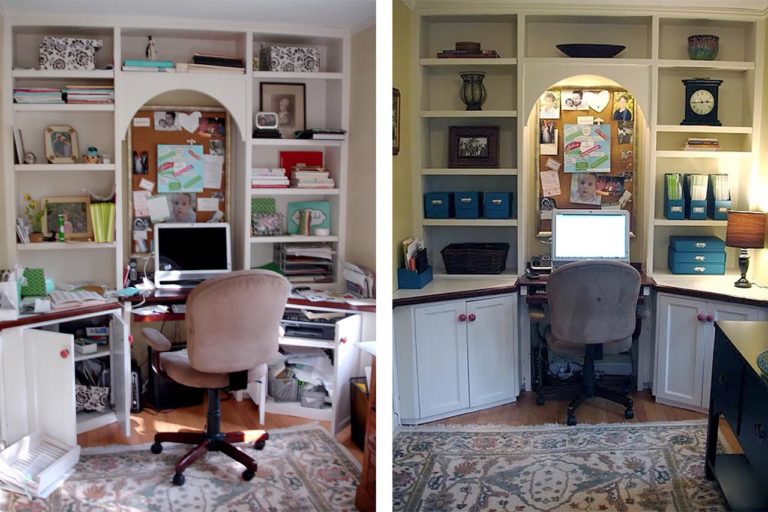One of my tips for decluttering living rooms is featured in the Redfin blog! 19 Must-Read Storage Hacks for a Cluttered Home. You’ll find my insights in Tip 17: Involve Your Family.
And here are some EXTRA tips to keep your living room looking neat!
1. The Clutter Buster

Here’s one creative idea I used in my family of 4 children. When the house started looking cluttered—which it often did—I would warn them ahead of time that we’d be doing a cleanup and give them some transition time. Then we started a 10 to 15-minute clutter buster. I asked everyone to stop what they were doing, pick up 10 things and put them away. It’s amazing how much better your house looks when 40 items of clutter get picked up! You can also use a timer so it’s a race against the clock.
2. Maintaining a tidy living room
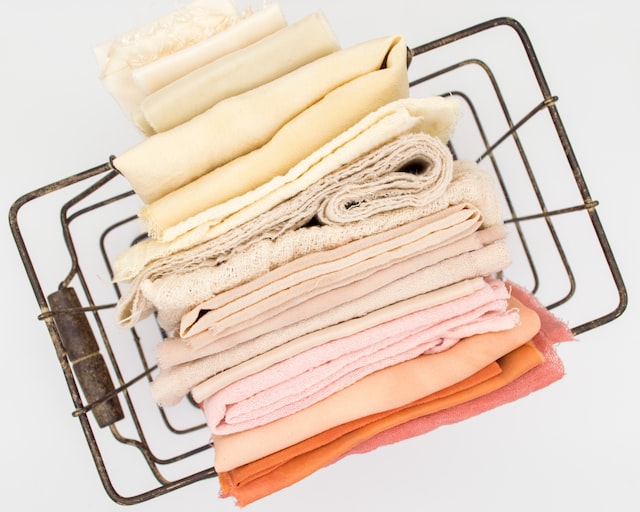
In the living room especially, blankets, magazines, electronics (and cords) and gaming devices become an issue. One thing that bothers me is how messy the blankets look when strewn haphazardly over the couches.
An easy solution for a tidy living room is to get a large, attractive basket, then fold & put away the blankets every night. That way, at least the living room stays neat all day, until family time the next evening! It takes regular decluttering to keep up with the chaos.
3. Cords, Cords, Cords!
Cords are such an eyesore. I especially detest black cords cluttering my living room. So, I went to an organizing store and bought a small grey bin that fits a power strip, and a couple game controllers with room for coiled up cords. It works well and looks MUCH better.
Another solution is to get a cord “tube” (it looks like an old-fashioned spiral telephone cord) and channel all your cords through it. They come in a variety of colors, and you can hide them along the baseboard or under the couch. This is a great help in decluttering your living room and making it feel more orderly.
The Redfin blog has a lot of other great tips (besides my own), so I hope you find something that will help you work through your current organizational challenge! And don’t forget to check out my other blogs, which cover topics from holiday shopping to food storage strategies. You’ll find them all on my website, efficientspaces.org.



